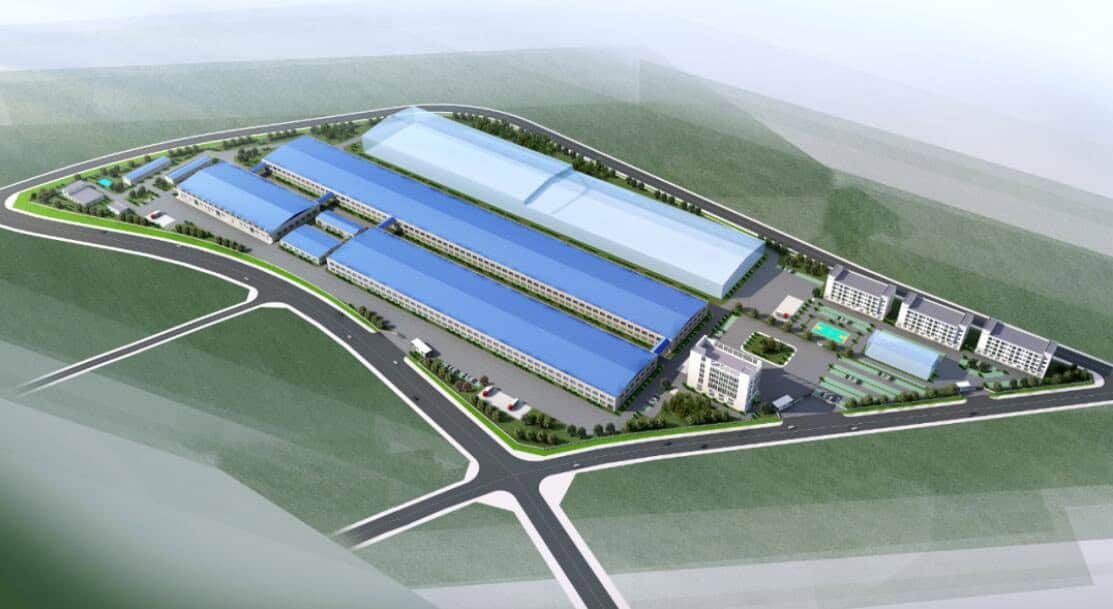In what is just the next installment of solid-state battery factory developments by a Chinese company battling for market share, Jiangxi Judian New Energy Technology broke grounds on a new US$1.39 billion solid-state battery facility with a planned annual capacity of 10GWh when fully operational.
Solid-state batteries can offer up to 500 Wh/kg energy density in the footprint of current EV cells with liquid electrolyte, and are much less prone to thermal runaway. They are still very expensive to make, though, and may be reserved for premium electric vehicles at first. One way to lower their costs is to produce them at scale, so every mass solid-state battery production announcement should in theory be a welcome news for the industry.
The 10GWh solid-state battery plant construction start, however, seems to have sparked some overcapacity fears in China which will be producing 4,800GWh of batteries by 2025 if all planned projects pan out. This is four times the amount that the local manufacturers need and may result in an EV battery glut just when the US and Europe are also battling for EV battery plants with various generous incentives or direct subsidy schemes.
For instance, the solid-state battery maker ProLogium recently informed that it has chosen France for its US$5.85 billion factory with 48GWh annual capacity, as the US government subsidies in the Inflation Reduction Act don’t kick in before the plant is operational. In China, a few other large solid-state battery factory plans have been announced, too. Their initiators range from startups like TNE, to one by the biggest lithium refiner Ganfeng. TNE, in particular, says that its 12GWh plant will aim to lower solid-state battery prices until EVs with them hit cost parity with gas-powered vehicles.
For startups or raw material refiners, moving directly to solid-state batteries at scale is a way to wiggle into the lucrative market without directly competing with established behemoths like CATL or BYD. That being said, Jiangxi Judian kept mum on the exact solid-state battery technology it will use to make the cells in the new factory. Its researchers, however, have patents over a novel silicon-carbon anode material.
According to local industry exec Davis Zhang “a 10GWh capacity is not a small battery production project,” adding that “solid-state batteries might represent the future of the industry, but overcapacity woes are looming.” They may have a point, as six of the top 10 EV battery makers hail from China, offering more than sixty percent of the world’s total production capacity.
Adding new solid-state battery plants to the mix means that Chinese companies have to become even more export-oriented just when a glut of battery factories is ready to hit their main markets.
Tesla has 40% Chinese companies in its battery supply chain which may be why it warned about a tax credit reduction for some of its vehicles next year. It is expanding its 4680 battery production capacity at the Gigafactories in Nevada, Fremont, and Texas, though, as well as building a lithium refinery on the Gulf Coast, so that situation may soon change to the detriment of its Chinese suppliers like CATL or BYD.

